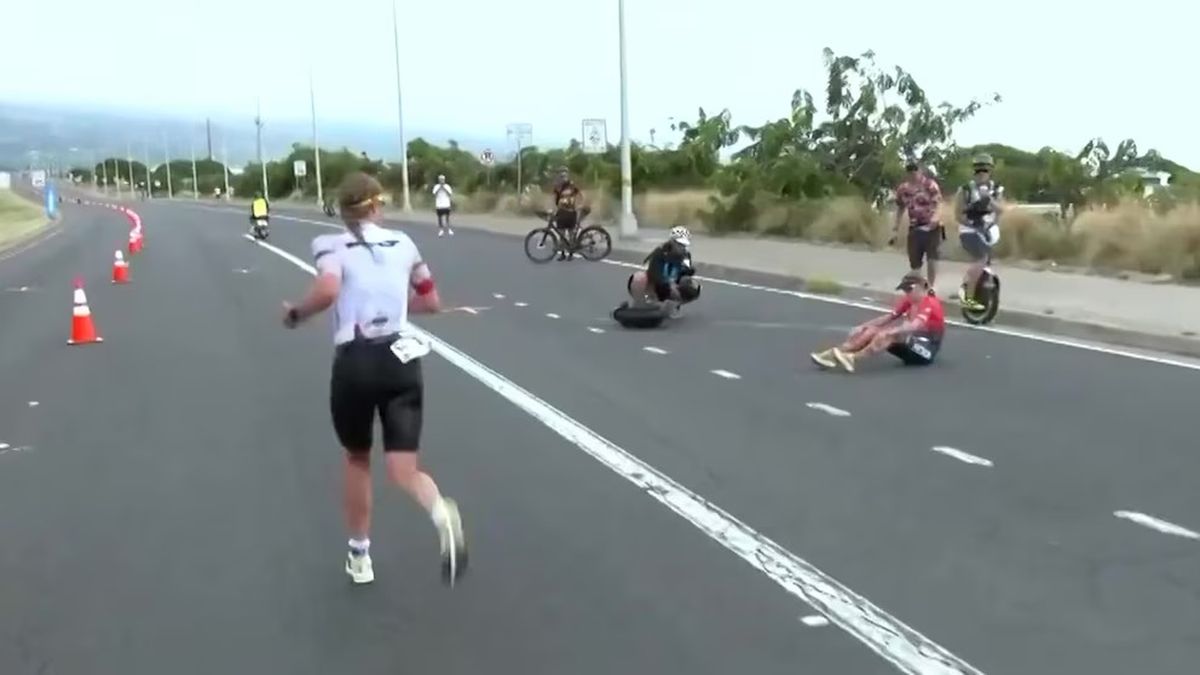Killing the number two Islamist organization in Gaza was always a high priority for Israel. By carrying out an air strike for this purpose, Israel accepted a high number of dead Palestinians.
Israel’s army attacked the leader of Hamas’ military wing, Mohammed Deif, in the Gaza Strip, killing dozens of other people. It was not immediately clear whether Deif was also killed or injured in the airstrike.
“There is still no absolute certainty,” said Prime Minister Benjamin Netanyahu at a press conference in Tel Aviv. The army had previously announced that it was still investigating whether Deif and Rafa Salama, the commander of the Khan Yunis Brigade, were killed in the air strike west of Khan Yunis. Both were “masterminds of the October 7 massacre” on Israeli soil, it said.
The Israeli newspaper “Haaretz” had previously reported that the army assumed that the head of the so-called Kassam Brigades was among the victims. According to a statement, Hamas denied an Israeli attack on its leadership near the town of Khan Yunis in the south of the coastal region.
According to Palestinian sources, at least 90 people were killed in the Israeli military operation. At least 300 other people were injured in the Al-Mawasi humanitarian zone, the Hamas-controlled health authority said.
Israel’s army: No tents in attacked area
“The attack was carried out in a fenced area controlled by Hamas, where, according to our information, only Hamas terrorists and no civilians were present,” the army said. “It was a precise attack.” It is suspected that most of the victims were also terrorists, the military said.
The object hit was in an open area, surrounded by trees, several buildings and barracks. There were no tents on the site.
A military representative admitted in an online briefing for journalists that the object hit was located in the humanitarian zone declared by Israel west of Khan Yunis. “But it was a fenced-off, guarded Hamas base manned by terrorists,” he added. The military was also very sure that there were no Israeli hostages in the object at the time of the attack.
The Palestinian side, however, said that the Israeli army had hit tents belonging to displaced people. Many of the Palestinians injured in the attack were in critical condition, according to medical sources in the Gaza Strip.
None of the information could initially be independently verified.
Army assessment of the situation
Israeli media, citing the army, reported that it was unclear whether there were any hostages in the area of the military operation. It is assumed that Hamas leaders are using some of the hostages still held in the Gaza Strip as human shields.
Israel’s Foreign Ministry said that Defense Minister Joav Galant recently conducted an assessment of the operational situation with Chief of General Staff Herzi Halevi and the head of the domestic intelligence service Shin Bet, Ronen Bar, “in light of developments in Gaza.”
One of Israel’s goals in the Gaza war is to capture or kill Deif and the Hamas leader in the coastal region, Jihia al-Sinwar. They are considered the two most important leaders of the organization within the Gaza Strip. In March, the army reported the killing of the third highest-ranking Hamas leader in the Gaza Strip, Marwan Issa.
Hospital cannot care for all injured
According to the Palestinian news agency Wafa, there were several heavy attacks in the area this morning. Staff at the nearby Nasser Hospital reported that there were no longer enough beds to accommodate the large number of injured following the attacks.
Footage circulated on social media that purported to show a huge crater after the air strike. It also shows people digging in the sand and rubble, presumably to search for survivors. The authenticity of the video could not initially be independently verified.
Israel’s army had previously announced that operations continued throughout the Gaza Strip.
Source: Stern
I have been working in the news industry for over 6 years, first as a reporter and now as an editor. I have covered politics extensively, and my work has appeared in major newspapers and online news outlets around the world. In addition to my writing, I also contribute regularly to 24 Hours World.




